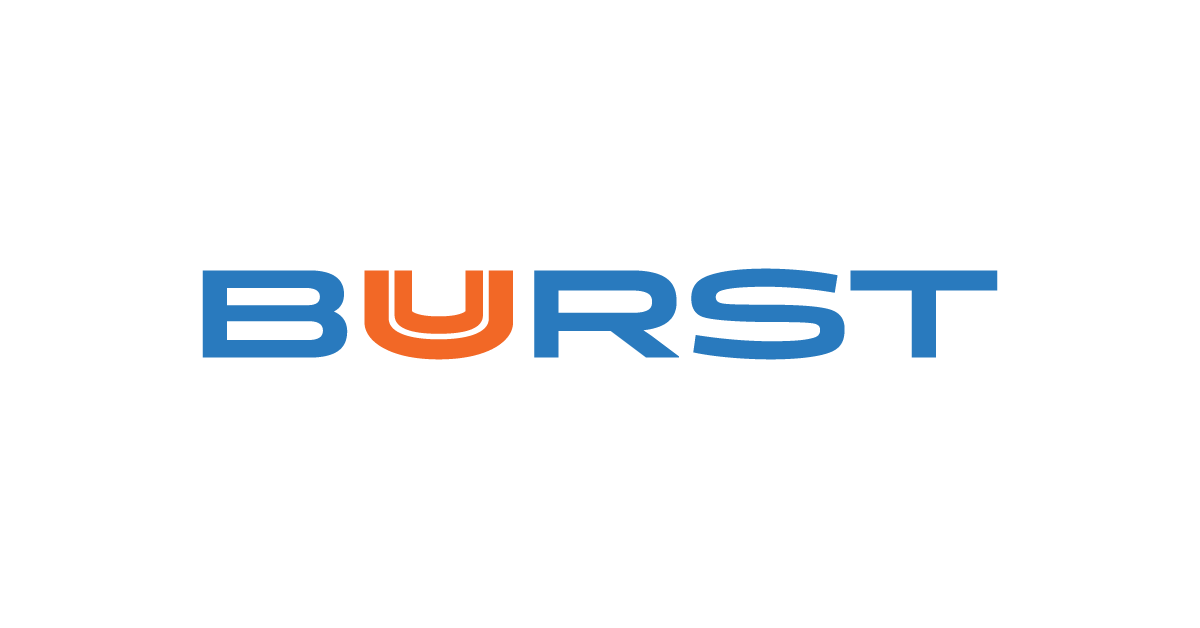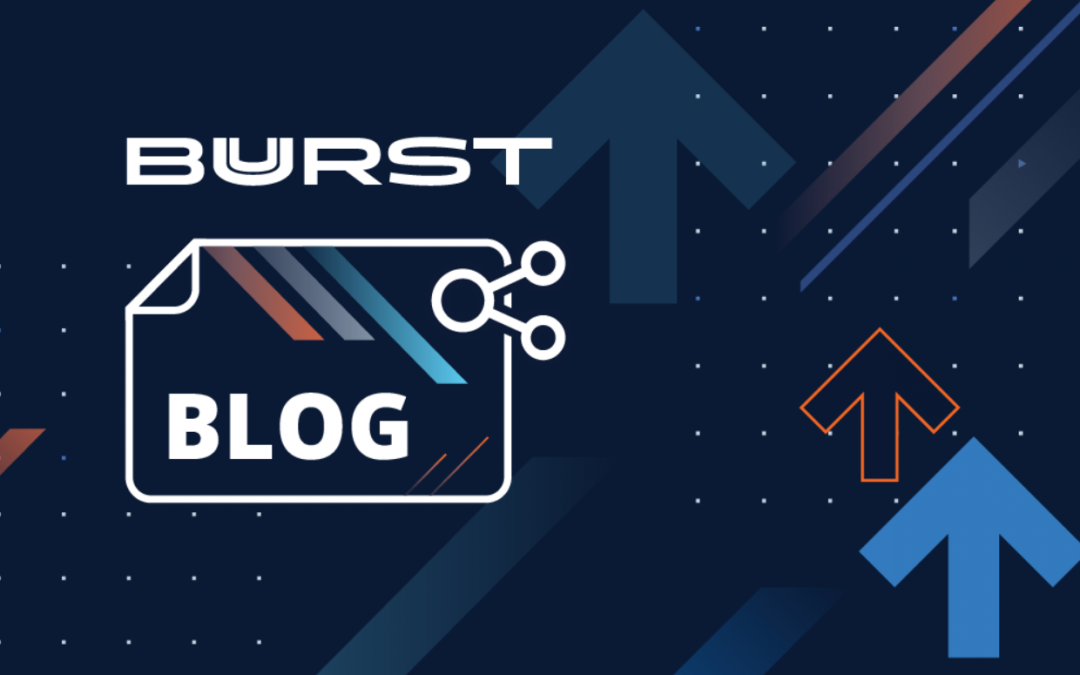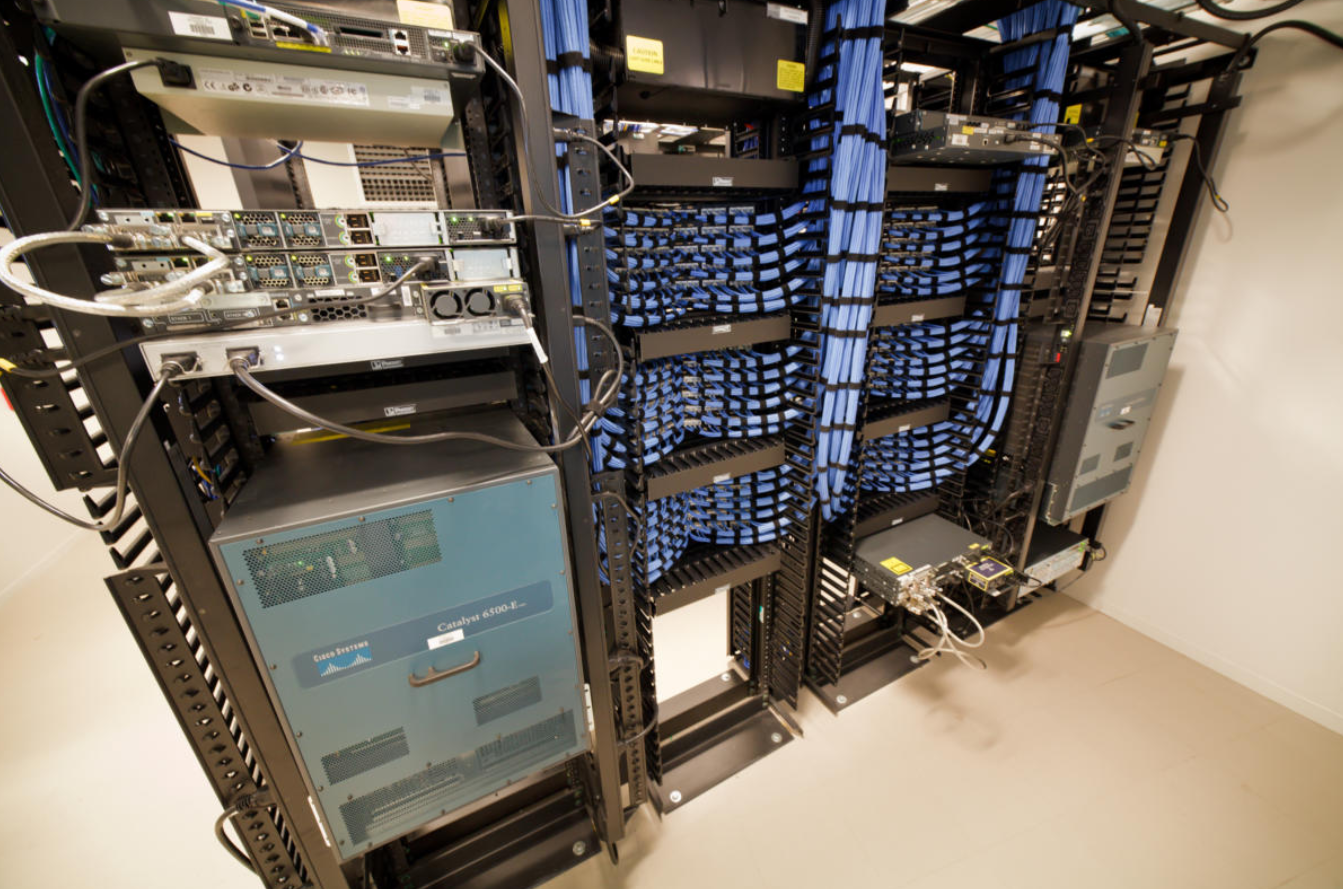
Buurst’s SoftNAS Now Available on Oracle Cloud Marketplace
SoftNAS, a network attached storage solution, is now integrated with Oracle Cloud Infrastructure


HOUSTON, TEXAS – October 8, 2024 – Buurst, a leading provider of virtual network attached storage (NAS) functionality, and a member of Oracle PartnerNetwork (OPN), today announced that its storage solution, SoftNAS, is available on Oracle Cloud Marketplace and can be deployed on Oracle Cloud Infrastructure (OCI). Oracle Cloud Marketplace is a centralized repository of enterprise applications offered by Oracle and Oracle partners.
SoftNAS enables high-performance data storage for Oracle File Storage, offering scalable file storage for Oracle applications that require shared file access. Integrated with OCI, SoftNAS offers customers these additional benefits for their enterprise data storage needs:
- Accelerated Workloads: SoftNAS is designed to deliver exceptional performance, making it ideal for demanding workloads such as databases, file sharing, and media processing.
- Scalable Architecture: SoftNAS can scale to meet the growing storage needs of businesses, helping ensure optimal performance even as data volumes increase.
- Simplified Deployment: SoftNAS integrates with OCI compute and storage services, particularly through VMware, making deployment and management straightforward.
- Optimized Resource Utilization: By leveraging OCI, SoftNAS can efficiently utilize cloud resources, leading to cost savings.
- Reduced Operational Costs: By simplifying storage management and reducing the need for on-premises hardware, SoftNAS can help lower overall IT costs.
- Global Availability: SoftNAS provides easy access to new geography regions leveraging Oracle region global footprint.
Oracle Cloud Marketplace is a one-stop shop for Oracle customers seeking trusted business applications and services offering unique solutions, including ones that extend Oracle Fusion Cloud Applications.
OCI Cloud is a deep and broad platform of cloud infrastructure services that enables customers to build and run a wide range of applications in a scalable, secure, highly available, and high-performance environment. From application development and business analytics to data management, integration, security, AI, and infrastructure services including Kubernetes and VMware, OCI delivers comprehensive security, performance, and cost savings. In addition, with multicloud, hybrid cloud, public cloud, and dedicated cloud options, OCI’s distributed cloud offers customers the benefits of cloud with greater control over data residency, locality, and authority, even across multiple clouds. As a result, customers can bring enterprise workloads to the cloud quickly and efficiently while addressing the strictest regulatory compliance requirements.
“SoftNAS will enhance the enterprise cloud storage value proposition for customers when integrated with Oracle Cloud Infrastructure,” said Vic Mahadevan, CEO, Buurst, Inc. “Buurst’s participation in Oracle PartnerNetwork further extends our commitment to the Oracle community and enables customers to reap the benefits of SoftNAS. We look forward to leveraging the power of the Oracle Cloud Infrastructure to help us achieve our business goals.”
“The enterprise cloud represents a huge opportunity for our partner community,” said David Hicks, group vice president, Worldwide ISV Cloud Business Development, Oracle. “Buurst’s commitment to innovation with the Oracle Cloud and quality execution helps our mutual customers receive cloud-enabled Enterprise NAS solutions ready to meet critical business needs.”
For Oracle partners like Buurst, earning the Powered by Oracle Cloud Expertise is an achievement that offers customers confidence that the partner’s application is supported by the Oracle Cloud Infrastructure SLA, enabling full access and control over their cloud infrastructure services as well as consistent performance.
About Buurst and SoftNAS
Buurst is a leading provider of software-defined storage solutions. Its SoftNAS virtual Network Attached Storage (NAS) appliance product, delivers high-performance, scalable, and cost-effective storage for businesses of all sizes. Buurst is committed to providing customers with innovative solutions that help them achieve their Enterprise Storage goals.
About Oracle PartnerNetwork
Oracle Partner Network (OPN) is Oracle’s partner program designed to enable partners to accelerate the transition to cloud and drive superior customer business outcomes. The OPN program allows partners to engage with Oracle through track(s) aligned to how they go to market: Cloud Build for partners that provide products or services built on or integrated with Oracle Cloud; Cloud Sell for partners that resell Oracle Cloud technology; Cloud Service for partners that implement, deploy and manage Oracle Cloud Services; Oracle Industry Healthcare for partners that provide commercially available products and/or services built with Oracle Cloud and Oracle Health technologies; and License & Hardware for partners that build, service or sell Oracle software licenses or hardware products. Customers can expedite their business objectives with OPN partners who have achieved Expertise in a product family or cloud service. To learn more visit: http://www.oracle.com/partnernetwork
Trademarks
Oracle, Java, MySQL and NetSuite are registered trademarks of Oracle Corporation. NetSuite was the first cloud company—ushering in the new era of cloud computing.
Buurst contact information:
Andy Bowden
346-410-0643
pr@buurst.com





